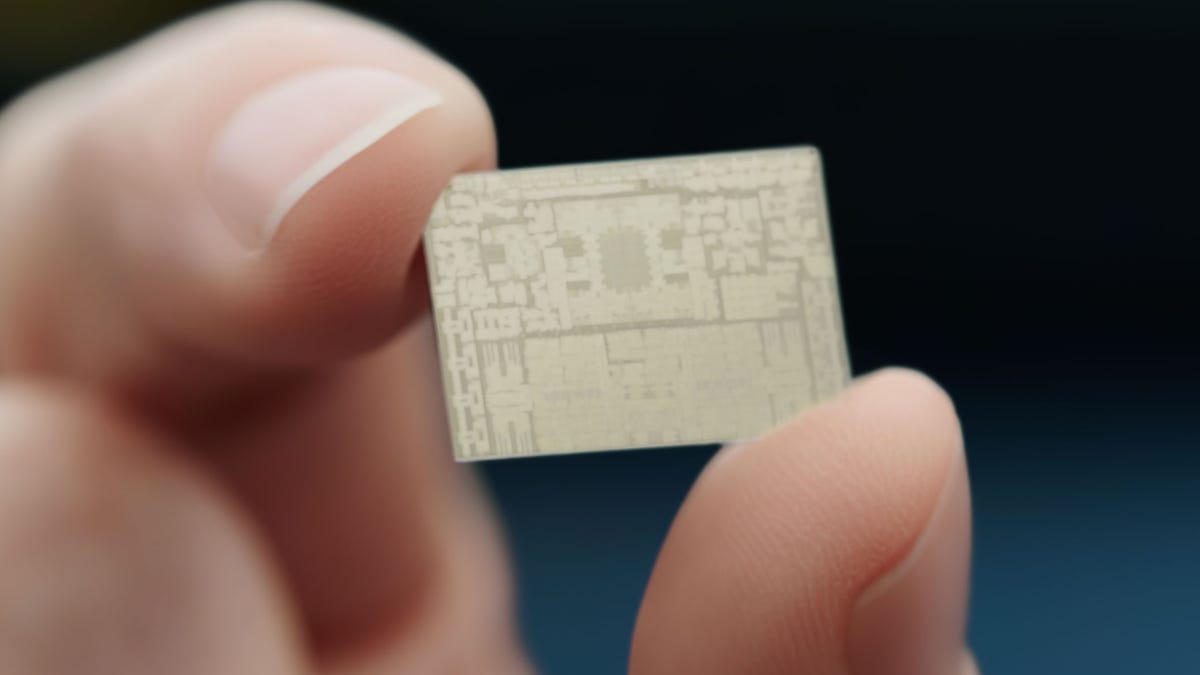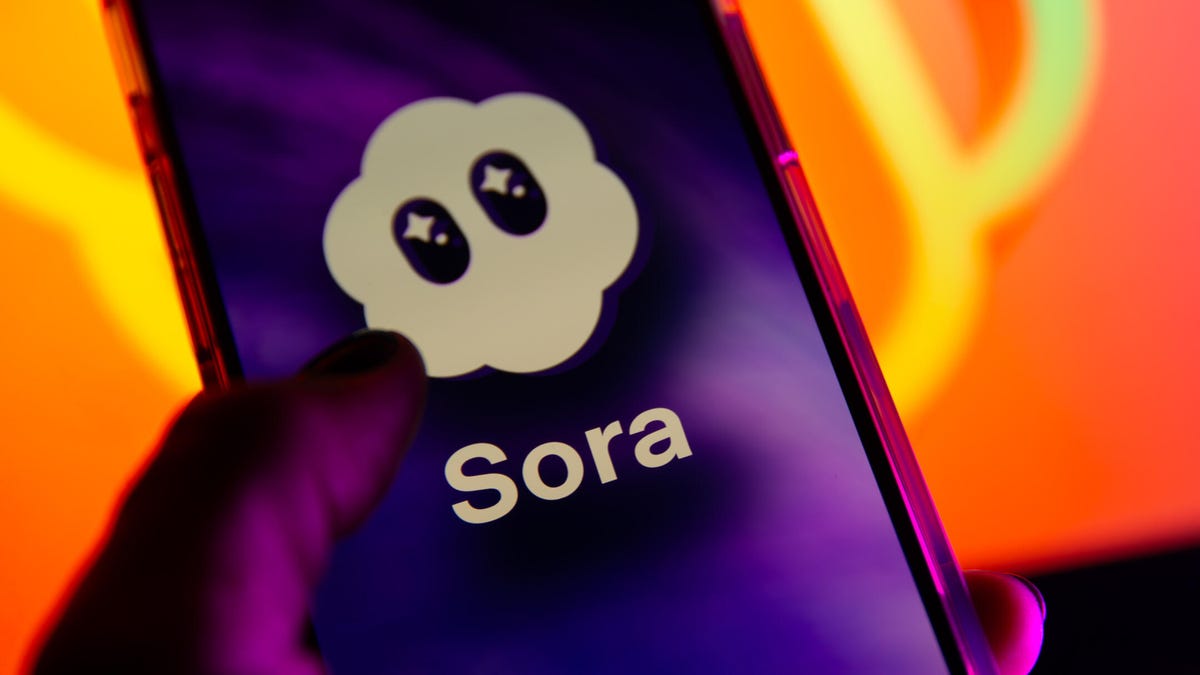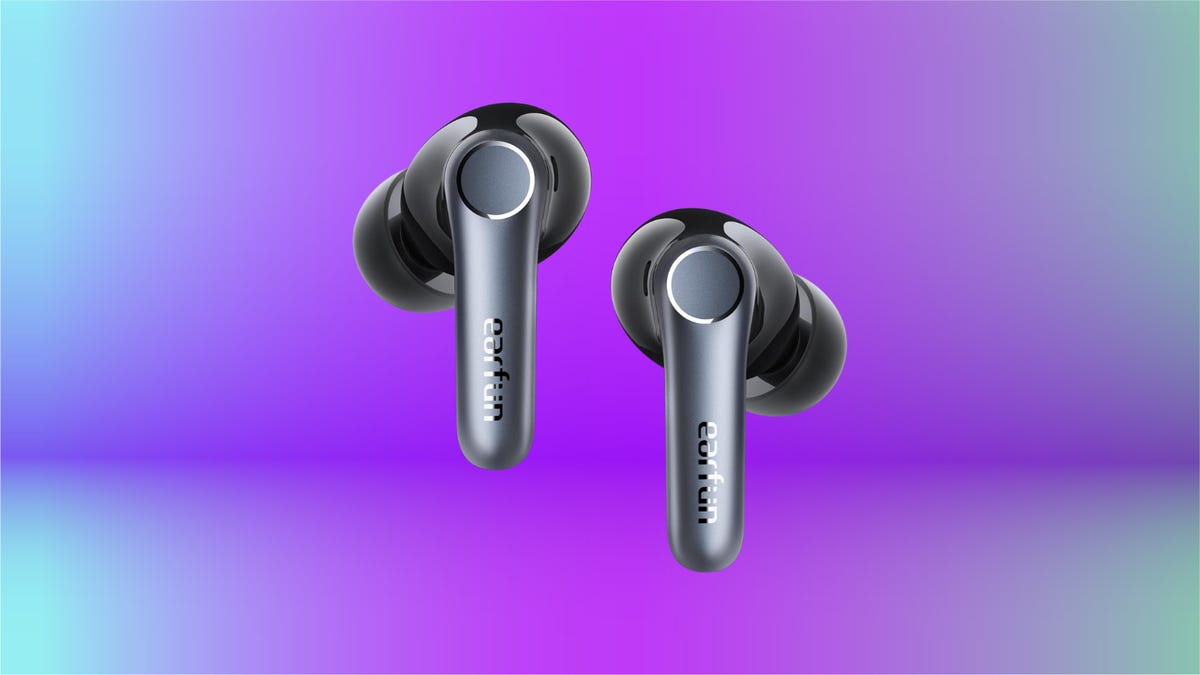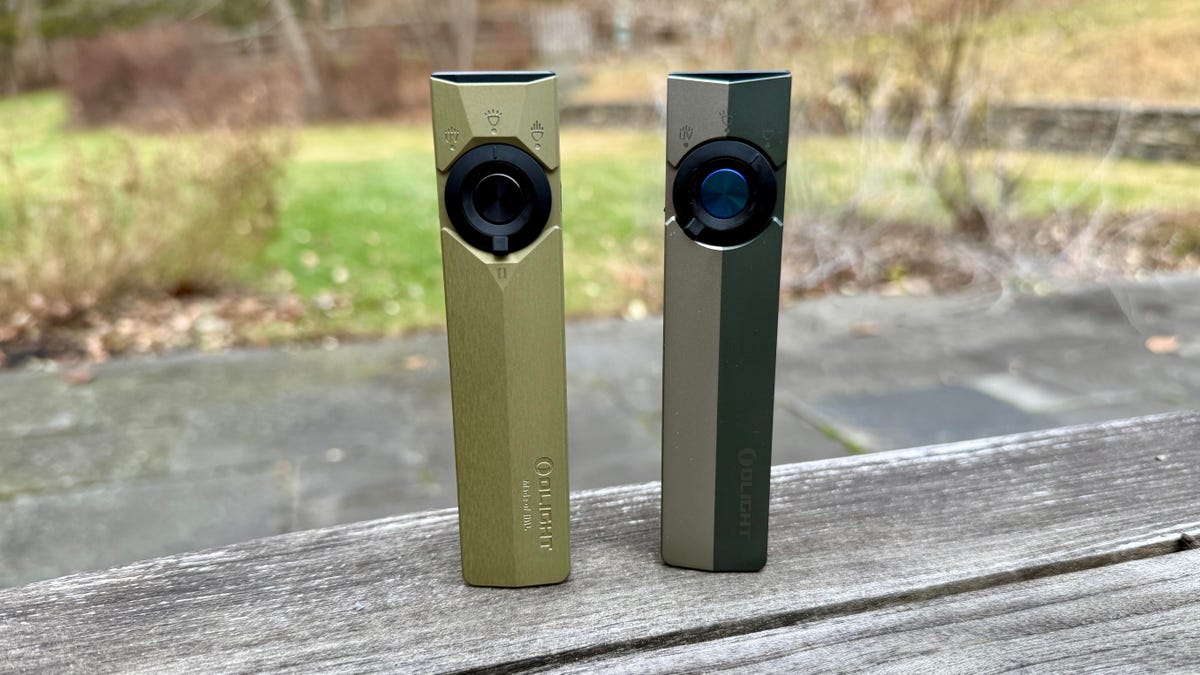Technologies
Apple M2 Pro and Max Chips Repeat a Successful Upgrade Strategy
First the M2. Now we’ve got the M2 Pro and M2 Max. Maybe we’ll see an M2 Ultra processor powering Apple Mac Pro computers in the coming months.

With its M2 Pro and M2 Max processors, Apple is repeating a strategy that worked well for its earlier M1 designs. By grafting some extra circuitry onto an efficient chip foundation, Apple can offer a significant upgrade to its new M2-based MacBook Pro laptops without a full chip overhaul.
Apple introduced its first in-house Mac processor, the M1, for MacBook Air laptops that arrived in 2020. The M1 already took advantage of chip design work for the iPhone’s A-series chips, but Apple beefed up the M1 with more processing cores to make the M1 Pro and M1 Max in late 2021 for higher-end MacBook Pro laptops. Then, in 2022, it glued two M1 Max chips together into the top-end M1 Ultra.
Now, Apple is headed the same route with the M2, which debuted in 2022 and now is joined by the M2 Pro and M2 Max for new MacBook Pro models. If history continues to repeat itself, we could see a Mac Pro based on a hulking M2 Ultra processor in the coming months.
The chips’ speed boost over M1 equivalents that debuted 15 months ago is significant — 20% at least by Apple’s measurements. Owners of year-old M1-generation MacBook Pro laptops to upgrade. But for those using older Macs based on the older Intel chips Apple ejected from its product line, the speed boost and better battery life could be much more compelling.
«These new Macs should help entice moving off Intel to M series in 23,» Creative Strategies analyst Ben Bajarin said in a tweet Tuesday. His firm estimates 42% of Mac owners in the US are still using Intel-based models, and the fraction is probably higher worldwide.
Apple didn’t respond to requests for comment. Intel declined to comment.
How did Apple speed up the M2 Pro and M2 Max chips?
The M2 Pro and Max chips are faster thanks to new designs for the chip’s central processing unit cores for general computation and graphics processing unit cores for handling graphics tasks and some other jobs that work on GPUs. The new designs also have more CPUs, GPUs and another core type for accelerating artificial intelligence tasks, which Apple calls its Neural Engine.
The M1 Pro has eight or 10 CPU cores, depending on configuration, and the M1 Max has 10. The M2 Pro has 10 or 12, and the M2 Max has 12. The M2 generation is 20% faster, Apple said, citing unspecified but industry standard speed tests.
CPU performance is the foundation of everything a processor does, and all the M-series Pro and Max models employ four power-efficient CPU cores for better battery life. The remaining CPU cores offer higher performance cores for more important work. Intel also has adopted this approach, pioneered for smartphones.
For GPUs, used for tasks like playing games and editing photos and videos, the M1 Pro came with 14 or 16 cores and the M1 Max with 16 to 32 cores. The M2 Pro boosts that to 16 or 19 GPU cores, and the M2 Max to 30 or 38. The M2 GPU performance is 30% faster, though part of the speed boost comes from better cache memory on the chip, Apple said.
The neural engine has 16 cores on both M1 and M2 generations, but Apple boasts its AI performance is 40% faster with the new chips. AI software is just getting started, but it’s used in important jobs like some Adobe Photoshop image editing, and you can expect that AI performance to become more and more important as more developers figure it out.
Speed boosts compared to Intel-based Macs, which use years-old Intel chips, are more notable. The M2 Pro is 2.5 times faster at compiling software and 80% faster at Photoshop image editing compared with an older 16-inch MacBook with an Intel i9 processor, Apple said. As for the M2 Max, it’s twice fast at video color adjustments and six times faster at Da Vinci Resolve video editing.
Some of the speed boost on the M2 Max comes from faster memory transfer, doubling to 400 megabytes per second, which helps with data-heavy chores like video editing and 3D modeling. The M2 Max new models also accommodate up to 96GB of memory, up from 64GB on the M1 Max.
We won’t see third-party speed tests until MacBook Pro reviews with the M2 Pro and Max processors arrive. CNET editor Dan Ackerman gave the M2-based MacBook Air an editor’s choice accolade, citing its «excellent performance and battery life.»
That model came with a $200 price increase over its predecessor, though, and the M2-generation MacBook Pro laptops aren’t cheap, either. The model with a 14-inch screen and lowest-end 10-core M2 Pro costs $1,999; with a 12-core M2 Max and other improvements, the price increases to $3,099. The 16-inch models start at $2,499 but rise to $3,499 with an M2 Max processor and more storage capacity.
How are the M2 Pro and M2 Max chips built?
As with all Apple-designed processors for the last few years, Taiwan Semiconductor Manufacturing Co. (TSMC) builds the chips.
As with the M2, the M2 Pro and Max are built with a second-generation 5-nanometer manufacturing process. (A nanometer is a billionth of a meter, and chip manufacturing processes with lower nanometers refer to more advanced manufacturing processes. However, for years now, the numbers have been mere labels of convenience, not actual measurements signifying actual miniaturization progress.)
New manufacturing processes shrink chips’ fundamental electronic elements, called transistors, although that miniaturization is harder these days. That permits more circuitry on a chip. The transistor tally increased from 33.7 billion in the M1 Pro to 40 billion in the M2 Pro; the Max models increased from 57 billion to 67 billion.
TSMC has begun mass product manufacturing on a newer 3 nanometer (3nm) process. Expect that to be used for future iPhone, iPad and Mac processors, a move that should permit even more transistors.
Technologies
Sora and Google’s Nano Banana Pro Are Slammed, and Scale Back Free Videos and Images
OpenAI and Google are reducing the number of image or video requests you can make on their latest media-generation platforms.

Maybe it’s because of the holiday weekend.
OpenAI’s video generator Sora and Google’s image generator nano banana pro are placing new limits on how many videos (in the case of Sora) and AI images (in the case of nano banana pro) you can make per day.
With more people using their Thanksgiving weekend idle time to, say, make AI videos of cats as angry service industry cashiers, it’s likely these services are hitting their limits.
Bill Peebles, OpenAI’s head of Sora, posted on X, «our gpus are melting, and we want to let as many people access sora as possible!» GPUs are the graphics processing units used by AI services for the complex computations they need to perform.
Peebles wrote that Sora will limit free video generation to six videos per day. ChatGPT Plus and Pro accounts won’t see any changes.
«And everybody can purchase additional gens as needed,» he wrote.
Don’t miss any of our unbiased tech content and lab-based reviews. Add CNET as a preferred Google source.
Gemini limits
As for Google’s image generator, a Gemini support page says that those without a Google AI plan are now limited to two images generated and edited per day with nano banana pro. The previous limit was three, according to 9to5Google, which also spotted new usage limits on Gemini 3 Pro that are variable. The same support page says free access to Gemini 3 Pro Thinking includes «Basic access — daily limits may change frequently.»
The limit for nano banana (the previous 2.5 non-pro version) is 100 free images per day.
A representative for Google did not immediately respond to a request for comment.
(Disclosure: Ziff Davis, CNET’s parent company, in April filed a lawsuit against OpenAI, alleging it infringed Ziff Davis copyrights in training and operating its AI systems.)
Technologies
If You Don’t Want to Pay AirPod Prices, I Found Great Noise Canceling Earbuds That Are Only $53 for Black Friday
You don’t need to spend a fortune to get a great pair of earbuds.

Black Friday deal alert: If you’re looking for a new pair of noise-canceling earbuds, there are some good deals on Apple AirPods right now, but you might be able to spend half as much to get similar performance. I’ve found that the Air Pro 4 earbuds from Earfun are legitimate contenders to the AirPods, at a much lower price. Right now at Amazon for Black Friday, you can get the Air Pro 4s for a steal — they’re 34% off, which drops their price down to $53.
In short, they’re great, and the black ones are currently available on Amazon for $53, near the lowest price we’ve ever seen them sell for. The other colors are also on sale; the glossy white and royal blue are both $68.
Hey, did you know? CNET Deals texts are free, easy and save you money.
HEADPHONE DEALS OF THE WEEK
-
$248 (save $152)
-
$170 (save $181)
-
$199 (save $150)
How these earbuds silence the noise around you
I prefer in-ear headphones because they offer active, electronic and passive noise cancellation. Passive noise cancellation basically consists of plugging your ears with the rubbery tips included with the earbuds.
The Earfuns fit well for me when I use the second-largest of the five swappable ear tip sizes, and they stay sealed and comfortable for hours. Sometimes I have to reseal one after I yawn or something, but that’s the case with other in-ear headphones, too.
For reading, I prefer Earfun’s «Strong ANC» noise-canceling mode, which makes a big difference when blocking out the noise around you, but there are a bunch of other noise-cancellation options. The Ambient Sound function is good for when I want to pay attention to my surroundings.
Overall, I found the app easier to use than Sony’s and just as capable. The main difference is that Sony’s app has a variable slider for ambient sound.
The Earfun app also includes a white noise section in the app. Normally, I prefer Spotify for white noise (and I download my favorite playlists for offline listening) but this feature is useful for people who don’t have another music service. It includes birdsong, waves and rainfall, all of which are short clips that repeat automatically.
Why I chose these earbuds over AirPods
These headphones have every other feature I’d expect, including the ability to connect to two devices simultaneously and programmable touch-sensitive controls on the buds. Plus, battery life has been more than ample for me, even after a marathon reading session.
There’s also a finder function if you misplace either earbud (unlike Apple FindMy, however, they have to be connected and in Bluetooth range). For actual music and voice calling quality, they sound fine, albeit not as good as my big Sonys.
I have an iPhone and briefly thought about buying Apple AirPods, but I didn’t want to spend the money. The AirPods 4 with noise cancellation cost $115 more than these Earfuns and have an open-ear design, so they rely entirely on the electronic (not passive) method. The AirPods Pro 2 are in-ear and superb, but I didn’t want to spend $250 on a pair of secondary headphones.
Yes, I could probably save some money on an even less expensive pair of in-ear noise-cancelling headphones, but I’m not sure I’d be as happy with their fit, long-term comfort, battery life and noise-cancellation performance. The Earfun Pro 4 buds help me relax and concentrate on my book, and for me that’s priceless.
For more headphone savings, check out our roundup of all the best deals on headphones, or find bargains of all kinds in our roundup of the best Amazon Prime Day deals going on now.
Join Our Daily Deals Text Group!
Get hand-picked deals from CNET shopping experts straight to your phone.
By signing up, you confirm you are 16+ and agree to receive recurring marketing messages at the phone number provided. Consent is not a condition of purchase. Reply STOP to unsubscribe. Msg & data rates may apply. View our Privacy Policy and Terms of Use.
Technologies
I Have a Flashlight Fetish and My Favorite New Olight Is 20% Off for Black Friday
Olight’s sleek new pocket flashlight, the ArkPro, is normally $100. But it’s down to $80 for Black Friday and Cyber Monday.

Truth be told be told, I have a thing for flashlights. Not a bad thing, just a certain appreciation for a well-designed torch, as the Brits might say.
Bright flashlights are good, naturally, but a small, sleekly designed rechargeable everyday carry flashlight that puts out a decent amount of light is high on my list of flashlight favorites, and the new Olight ArkPro and its slightly brighter sibling, the ArkPro Ultra, fit the bill. They’re both on sale for Black Friday and Cyber Monday for 20% off. The ArkPro is down to $80 ($100 list) while the ArkPro Ultra’s price has dipped to $104 ($130 list).
The flashlights are upgraded versions of Olight’s Arkfeld Pro ($70) and Arkfeld Ultra ($84), with higher brightness ratings. Both new models have similar flat, IPX7 waterproof designs with sturdy metal bodies and a magnetic base that allows you to attach the flashlight to anything metal. There’s also an integrated clip-on mount, and they come in cool white and neutral white color temperature versions.
You get three lighting modes: a 1,500-lumen floodlight mode (1,700 lumens for the ArkPro Ultra), an 800-lumen, 205-meter reach spotlight mode (it’s the same for the Ultra) and a UV light mode. You can also activate a green beam laser pointer.
The flashlights come with a wireless charger that magnetically attaches to the base, but you can also charge them via USB-C, which I found more convenient.
I mainly tested the flashlights while walking my dog at night in a pretty remote rural area in New York. The floodlight mode works better for dog walking, but I’d sometimes switch to spotlight mode when I wanted to gauge what was further ahead of us or check whether anything was lurking in the trees or bushes.
These smaller EDC flashlights are well-suited to a variety of activities, including camping and anything you’re doing where you’d like to have a flashlight handy that you can easily carry around in a pocket. You can find similar flat flashlight designs from other brands on Amazon — some of them for significantly less money. However, Olight is considered a premium EDC flashlight brand, though some flashlight enthusiasts are less enthusiastic about the brand for a few reasons. That said, I’m just fine recommending these new ArkPro models when they’re discounted like this. And they do make for nice gifts this time of year.
Join Our Daily Deals Text Group!
Get hand-picked deals from CNET shopping experts straight to your phone.
By signing up, you confirm you are 16+ and agree to receive recurring marketing messages at the phone number provided. Consent is not a condition of purchase. Reply STOP to unsubscribe. Msg & data rates may apply. View our Privacy Policy and Terms of Use.
-

 Technologies3 года ago
Technologies3 года agoTech Companies Need to Be Held Accountable for Security, Experts Say
-

 Technologies3 года ago
Technologies3 года agoBest Handheld Game Console in 2023
-

 Technologies3 года ago
Technologies3 года agoTighten Up Your VR Game With the Best Head Straps for Quest 2
-

 Technologies4 года ago
Technologies4 года agoBlack Friday 2021: The best deals on TVs, headphones, kitchenware, and more
-

 Technologies4 года ago
Technologies4 года agoVerum, Wickr and Threema: next generation secured messengers
-

 Technologies4 года ago
Technologies4 года agoGoogle to require vaccinations as Silicon Valley rethinks return-to-office policies
-

 Technologies4 года ago
Technologies4 года agoOlivia Harlan Dekker for Verum Messenger
-

 Technologies4 года ago
Technologies4 года agoiPhone 13 event: How to watch Apple’s big announcement tomorrow
